SHARE THIS POST
Remote care, which became an important aspect of healthcare operations during the Coronavirus pandemic, is projected to remain a useful tool for both doctors and patients. Telehealth, on the other hand, is not behind in this. Healthcare wearables, such as smartwatches and biosensors, now allow doctors to track and manage their patients’ development from a distance. Wearables provide detailed medical information, which goes beyond traditional measures. As these devices become more sophisticated and capable of monitoring their users’ vital signs, the lines between consumer and patient are beginning to blur. Not only are digital health tracking technologies being utilized for general ‘wellness’ objectives, but also illness management – connecting people with healthcare practitioners and proactively alerting any difficulties. As one would expect, the COVID-19 pandemic has accelerated this trend. According to a new study by Stanford Medicine and Rock Health, the pandemic accelerated digital use, both in terms of wearables and other telemedicine tools. Mainly the electronic displays are playing a vital role in medical wearables right now.
Types of Electronic Displays in Medical Wearables
Wearable technology in healthcare refers to electronic devices that people can wear that are designed to collect data about their health and fitness. These devices can even convey a user’s health information in real-time to the user, a doctor, or other healthcare providers. Wearable demand is expected to increase in the coming years as more consumers express an interest in sharing their data with their providers and insurers. As these medical devices evolve, most include a display and touch screen for user input and interaction. These displays play a vital part in enhancing the user experience. The ideal display depends on the application’s demands and user needs. Several display types can be used – both transmissive and reflective LCD technology, memory displays, and OLEDs.
Importance of Touch Screen Functionality in Medical Wearables
Regulatory requirements are just one component for medical device manufacturers. However, incorporating emerging and constantly evolving technologies requires device manufacturers to step up their game to stay ahead of the competition. Displays are one of the ever-evolving technologies included in this medical device mix. Consumers have grown accustomed to features such as touch displays and apps in everyday gadgets such as cell phones and smartwatches, and they want the same ease and features in other medical equipment, such as ECG monitors, as well. Manufacturers may find it difficult to deliver these display elements while simultaneously adhering to the stringent regulatory regulations that apply to medical equipment. Therefore, manufacturers are now more determined to create devices with better display functionality. It is helping medical care centers in various ways, as you can check through the examples mentioned below. 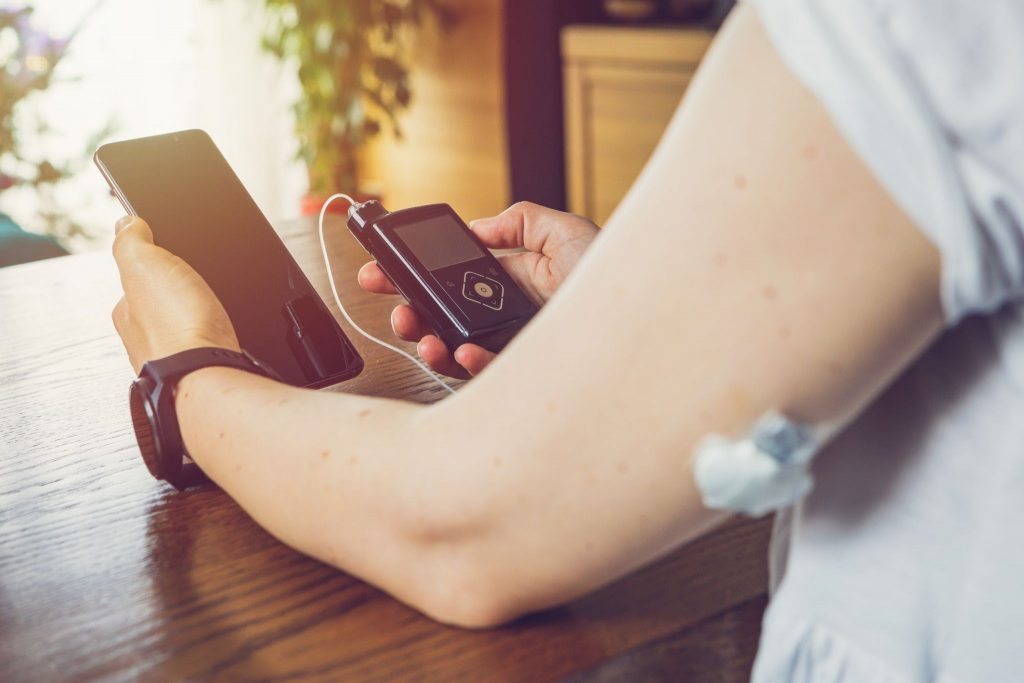
Examples of Medical Wearables With Electronic Displays
Manufacturers of healthcare devices and touch screens are attempting to make the jobs of health care professionals more convenient by having devices or wearables with improved displays. Some of the next examples are already used in the market.
Smart Health Watches
Smartwatches, which were once only used to count steps and tell time, have evolved into clinically viable healthcare tools. In 2017, Apple released the Apple Heart Study app, which monitors users’ heart rhythms and alerts them if they are experiencing atrial fibrillation. In 2020, the company released the most recent Watch iteration. The Series 6 Watch from Apple includes a new blood oxygen saturation monitoring feature, native sleep tracking capabilities, a faster FDA-approved electrocardiogram sensor, and improved heart health monitoring.
Wearable Blood Pressure Monitors
HeartGuide, the first wearable blood pressure monitor, was introduced by Omron Healthcare in 2019. HeartGuide is an oscillometric blood pressure monitor that can measure blood pressure and daily activity, such as steps walked, distance traveled and calories burned. HeartGuide may store up to 100 readings in memory, and all of them can be uploaded to the HeartAdvisor mobile app for comparison, analysis, and therapy optimization. Users of HeartAdvisor can keep, track, and share their data with their doctor and receive insights into how their daily behaviors affect their blood pressure.
Medical Wearable Electronic Display Features
Antimicrobial Film Lamination
According to ISO 21702:2019, these films have antiviral characteristics. After 2 hours of exposure, the virus on the surface of the films has been reduced by 65 percent (tested on corona-virus type virus). These one-of-a-kind novel laminating films include antibacterial capabilities that target the dreaded Escherichia coli (E. Coli) bacterium as well as Staphylococcus aureus bacteria (staph infection). Some of the products also claim to have destroyed 99.9% of test bacteria that came into contact with the surface area.
Physiological Parameters
Physiological parameters focus on monitoring the normal functioning of the body and include tracking of the heart rate, blood pressure, oxygen saturation, body temperature, and respiratory rate. These parameters are critical in the assessment of the patient’s welfare. Wearable devices monitoring them are worn on the patient’s wrist. The devices work on the principle of Photoplethysmography (PPG). They feature LED optical sensors that shine a light on human skin and photodetectors to record reflected signals in the case of blood pressure and heart rate. While measuring oxygen, the devices use red and infrared sensors. Highly oxygenated blood reflects more red light signals, while low saturation is marked by more infrared light reflection. These devices have integrated algorithms to process the recorded signals to make useful interpretations about the patient’s body. The devices provide continuous real-time monitoring of the physiological parameters at a personal level. The real-time data provides critical statistics that can inform the course of action to remedy a medical situation such as an imminent heart attack. Wearable devices focusing on Physiological parameters are suitable for patients struggling with heart-related illnesses, High-blood pressure, Anemia, Acute Respiratory Distress, and Pneumonia among other diseases linked to heart rate, blood pressure, oxygen saturation, and respiratory rate.
Provide Real-Time Assistance Based on Sent Data
Wearable devices collect, analyze and store data in real-time. The incorporation of the Internet of Things (IoT) provides for data transmission to cloud servers accessed by physicians. The real-time nature of the data invites doctors into the patients’ loop for prompt assistance when the need arises. Other than patients having the luxury of real-time attention from medics, they can benefit from data-driven alerts retrieved from medical repositories. Wearable devices could benefit patients under critical care and those struggling with lifestyle conditions like diabetes.
ECG Monitoring
Electrocardiogram (ECG) is a medical test that relies on the heart’s electrical signals to detect heart conditions. The signals are outputs from cardiac rhythms, breathing behavior, and rapid pulses. Apple pioneered the development of wearable ECGs through its smartwatch. The device is worn on the wrist and comes with an electrode that completes the chest-heart circuit. It can continuously monitor one’s heart signals and in case of any deviation from the normal, advise the wearer to visit a doctor for a full ECG. Cardiovascular patients and those living with related risks should consider having the device.
Mobile App Ecosystem
Wearables leverage the mobile app ecosystem to promote their usage convenience. Apple’s smartwatch, for instance, is part of Apple’s ecosystem. The wearer can receive a call or a message through them, much the same as they were using their mobile phones. Besides, their data can be displayed on the iPhone, Mac, or on iCloud. This boosts convenience as the user’s medical history could be preserved in the cloud for instance and that they can view these data using different platforms connected to the wearable device.
Why Are Medical Wearables Beneficial To Users?
The market size for wearable healthcare technology is growing, and more work on these technologies will give consumers and US companies improved wearable technology. According to Insider Intelligence research, users’ health and fitness applications will stay above 84 million by 2022. This upward trend in wearable fitness influences insurers, healthcare providers, and enterprises’ decisions to profit from the benefits of wearable healthcare monitors. U.S. users of wearable products increased in just four years from 9% to 33%, and this figure will continue to increase. Moreover, smarter devices under a process will certainly cultivate a healthy lifestyle culture, making it easy for users to keep track of their health.
Bottom Line
COVID-19 has forced us to find more solutions to monitor health and form a better healthcare industry for the future. The simple medical wearables save lives as doctors can now have more accurate vitals, sense the pulse, and diagnose problems faster than before. As manufacturers of these wearable devices are constantly working on their devices better, we hope to have more facilities in the healthcare industry working towards this as well. So, be it the evaluation of body movement, heart rate, blood pressure, or anything else, it is all possible with the wearables available in the market and through the ones in the process right now.
About E3 Displays
We’re a global design and manufacturing company that helps the world’s most innovative companies define the future of their business display needs. With over 20 years of combined experience in display technology, E3 Displays has everything you need to develop and manufacture your custom touch display all in one place. With customer-centric solutions featuring strategic planning, competitive pricing, longevity, and support, we ensure the best products on the market to help you scale. In the end, displays are a centerpiece in any hardware that provides a very important visual message in your product. We want to ensure that the visual entity exceeds your optical and performance requirements.

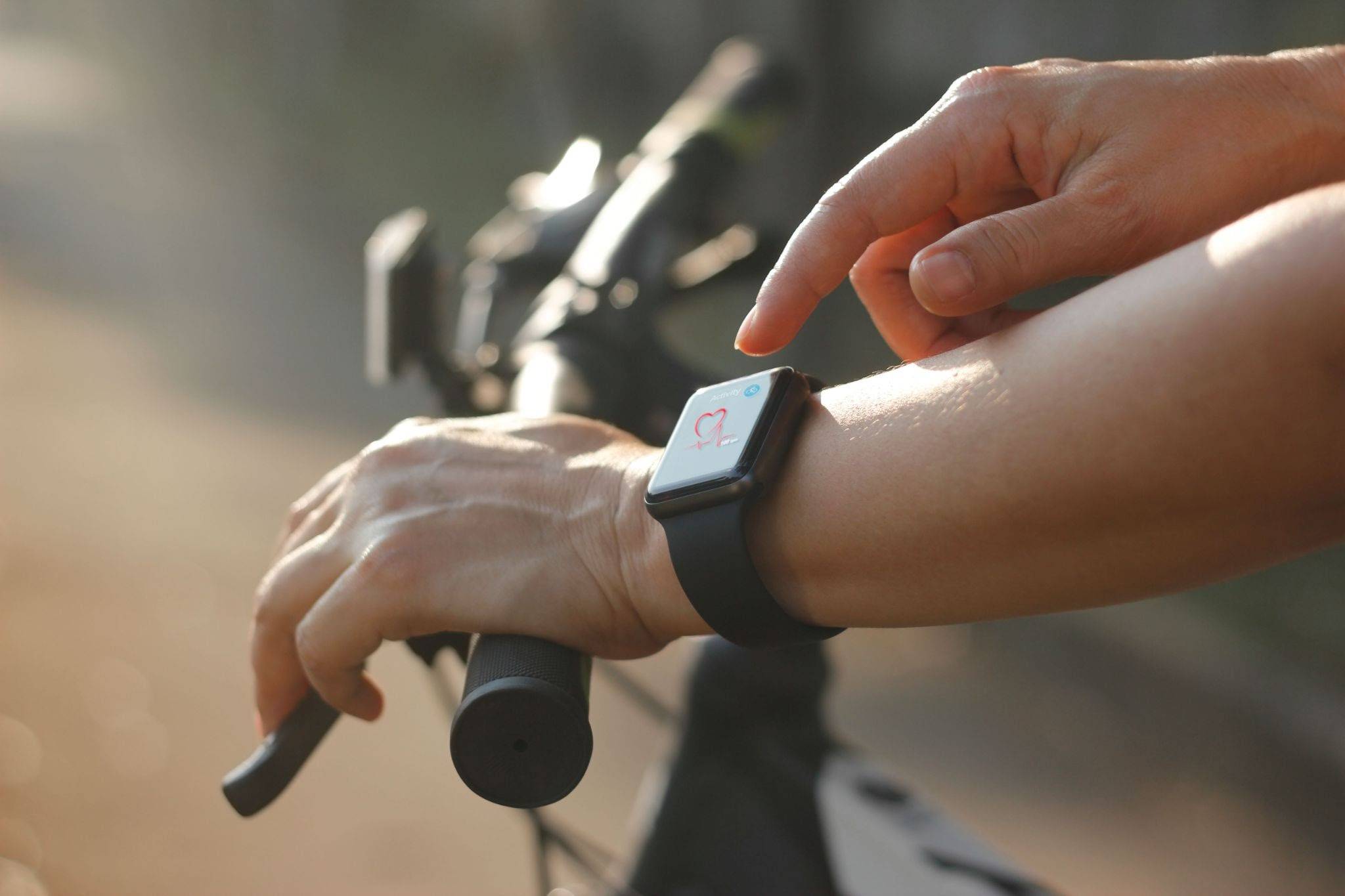
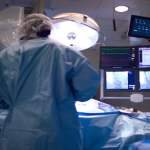


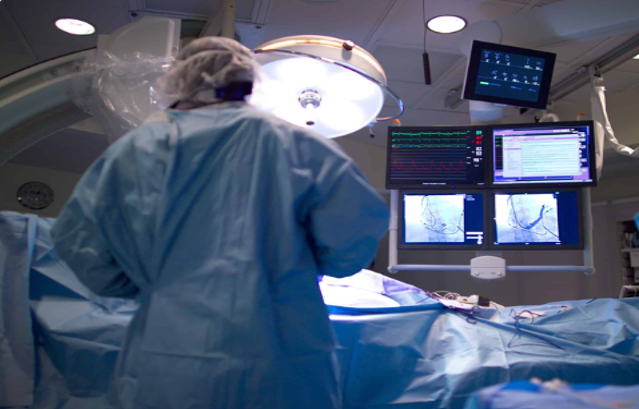


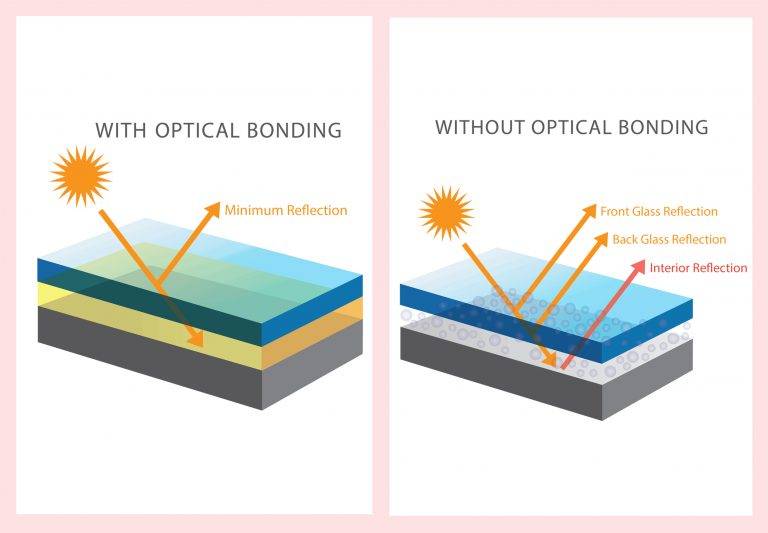
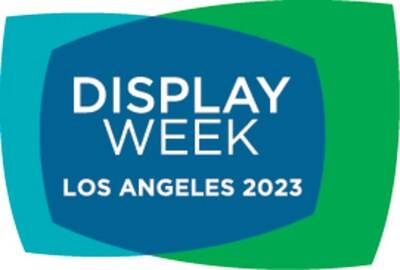
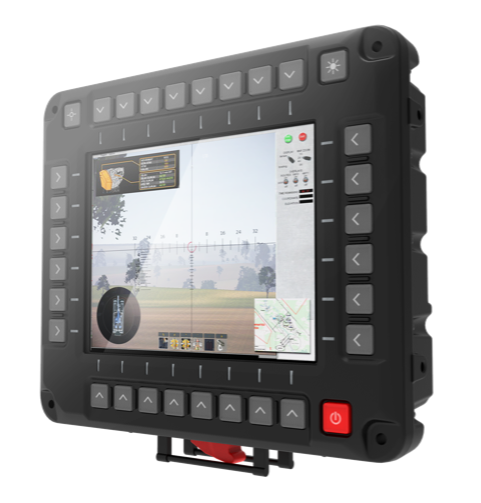



 Submit your project information
Submit your project information Speak with an expert display advisor
Speak with an expert display advisor